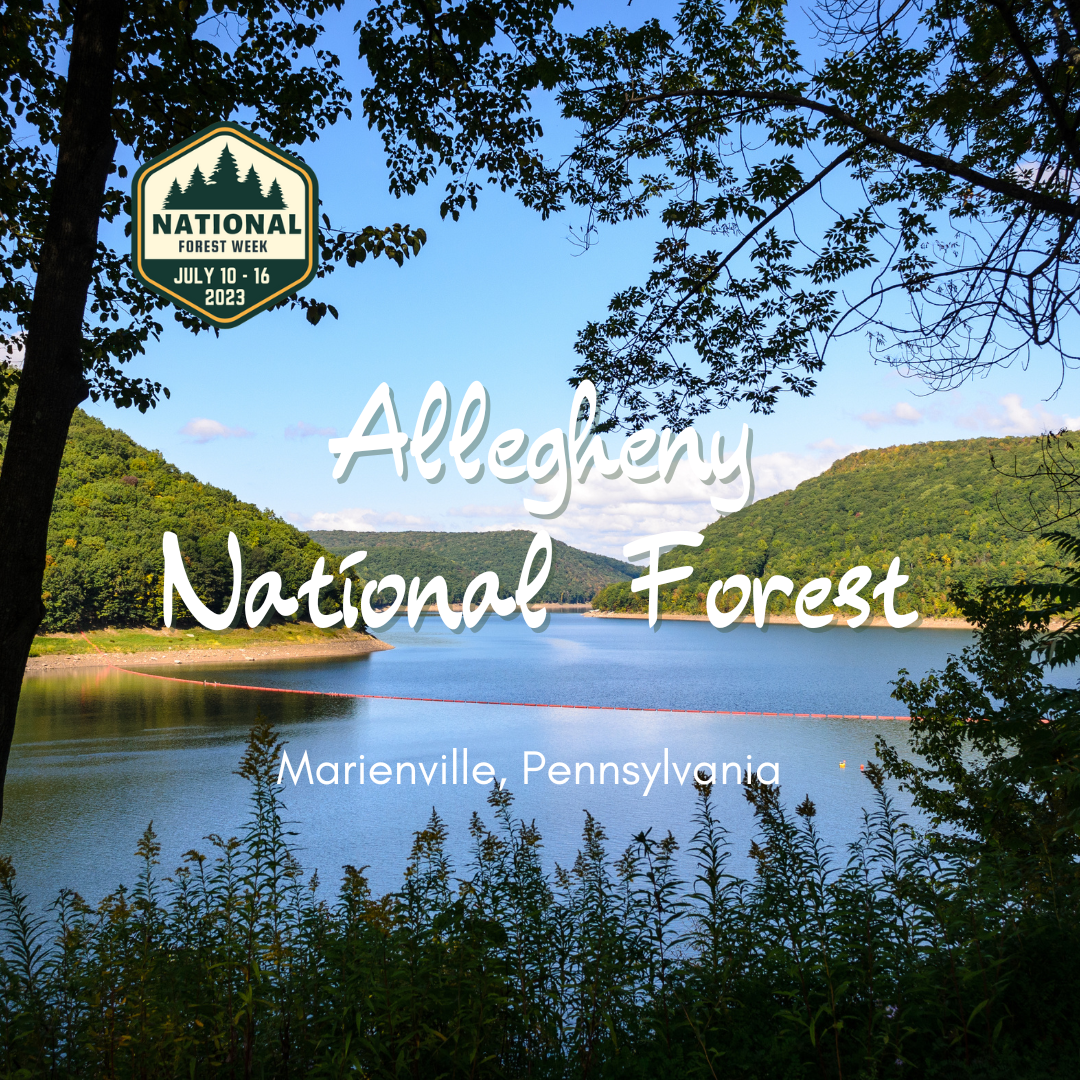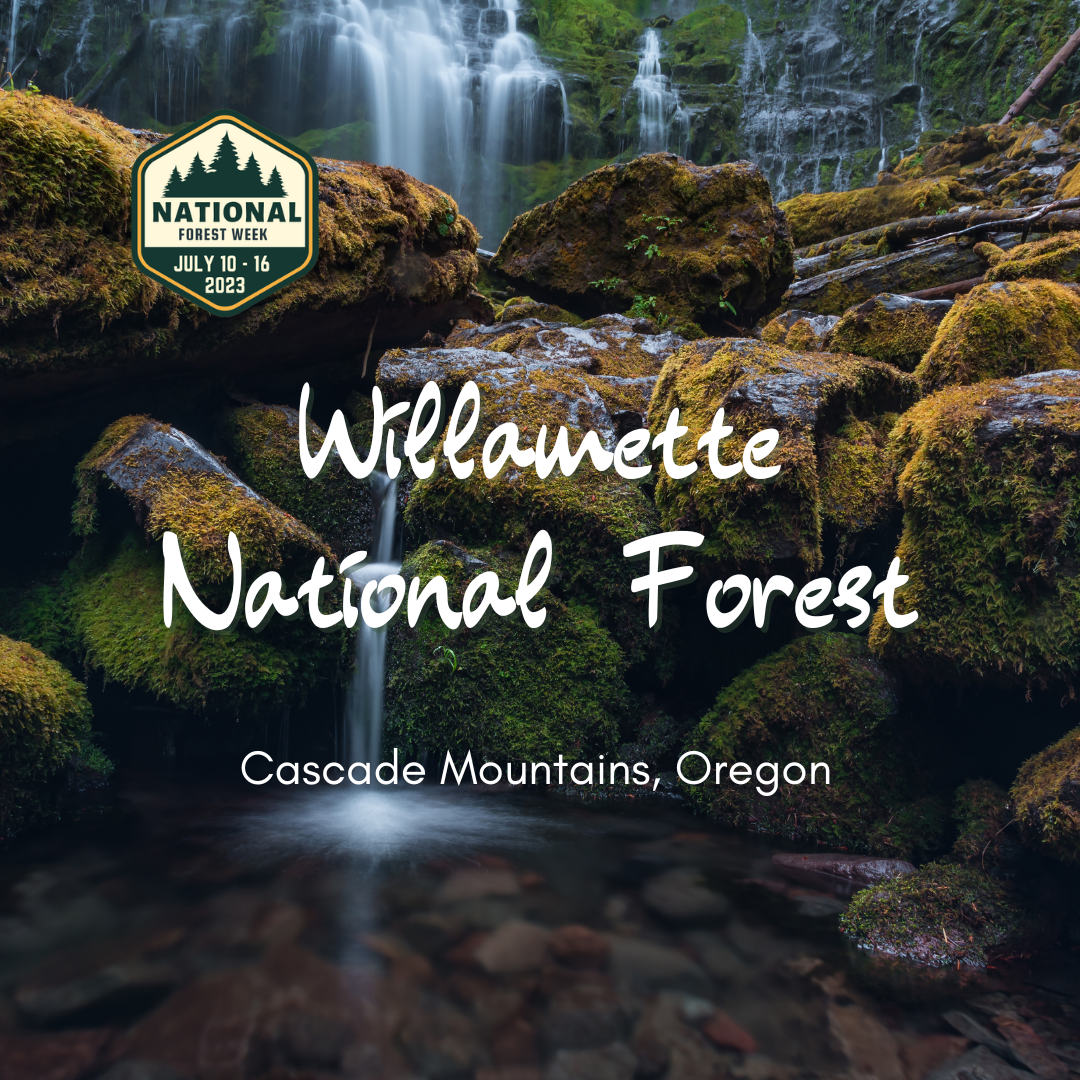
Willamette National Forest
The Willamette National Forest area has had a long and storied history. Well before it became a national forest, the area was the final destination of the Oregon Trail in the 1830’s. Nearly half a million settlers journeyed from the eastern United States to make a new home in the Oregon country. The Oregon country at the time extended all the way to what eventually would become Alaska. Then, in 1848, the Oregon Territory was created by an act of Congress. Judging by today’s maps, the territory would have contained the entire states of Washington, Oregon, and Idaho with parts of Wyoming and Montana east of the Continental Divide. Oregon City, the final destination of the Oregon Trail, was the original capital of the territory.
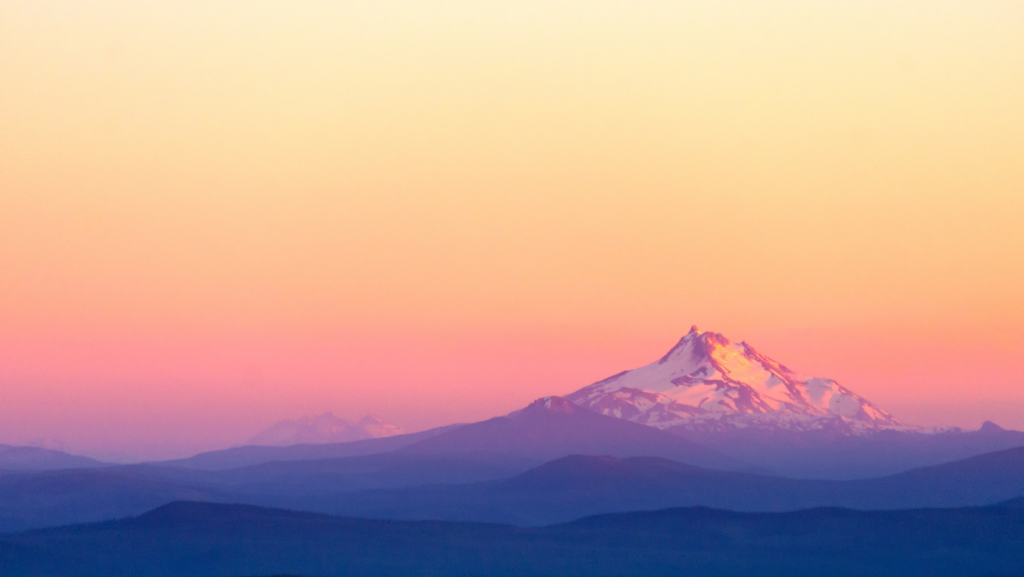
Cascade Forest Reserve to National Forests
President Grover Cleveland created by proclamation the Cascade Forest Reserve in 1893, which would have included the Willamette National Forest. The reserves changed to national forests when the US Forest Service began oversight upon its creation. The Cascade Reserve was divided into four national forests in 1908, creating the Oregon, Cascade, Umpqua, and Crater National Forests. In 1911, the Santiam National Forest was created from areas of the Oregon and Cascade National Forests. Twenty-two years later in 1933, by combining parts of the Santiam and Cascade National Forests, the Willamette National Forest came into existence.



The Willamette National Forest is located in central Oregon on the western slopes of the Cascade Mountains above the Willamette Valley. Extending north and south 100 miles, the forest makes its home in six different Oregon counties, with the majority of it in Lane County. At 1.6 million acres, the national forest has one-fifth of those acres designated as wilderness areas. The forest contains at least a dozen coniferous trees, the most dominant the Douglas-fir. The ivers and streams in the forest are plentiful providing some of the nation’s purest water. Two Wild and Scenic Rivers are located in the forest, the Willamette and McKenzie Rivers.
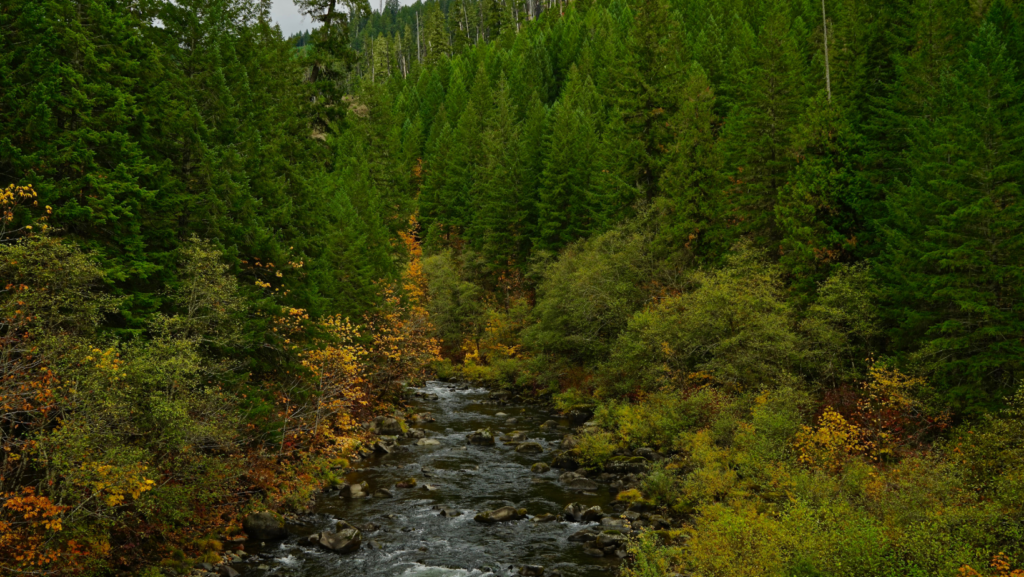
Wilderness Areas
Eight wilderness areas are the jewel of the Willamette National Forest covering 380,000 acres. Four mountains in the Cascade Range, the Three Sisters, Mount Jefferson, Mount Washington, and Diamond Peak, became a wilderness area within the national forest. The Three Sisters Wilderness is the largest wilderness at 242,400 acres, which is shared with Deschutes National Forest. Mount Jefferson, the second tallest mountain in Oregon at 10,497 feet, shares its wilderness with Deschutes and Mount Hood National Forests. Mount Washington Wilderness has 54,278 acres located both in the Willamette and Deschutes National Forests. Diamond Peak Wildernes is located in the Willamette National Forest to the west and Deschutes National Forest to the east.




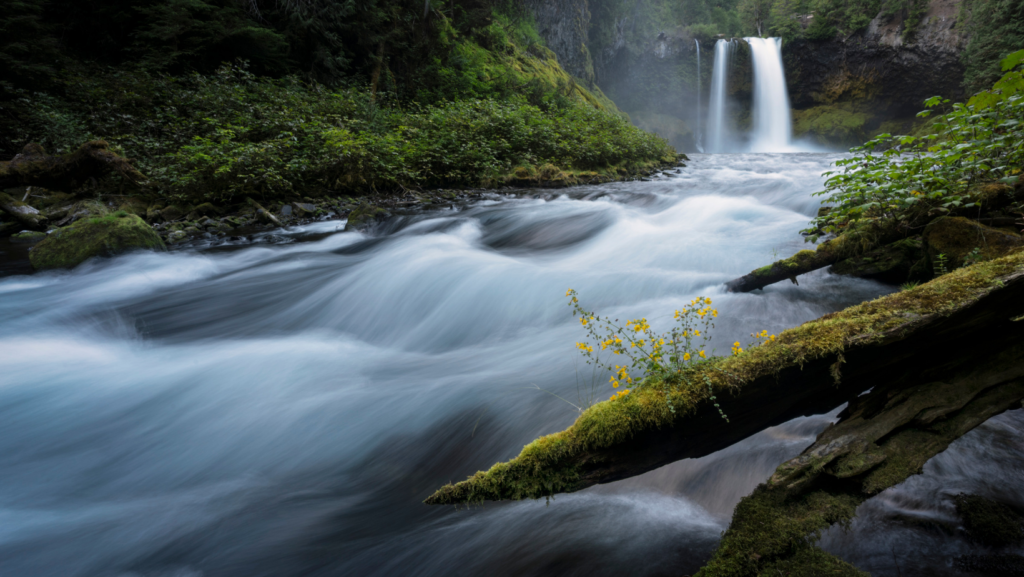
The other four wilderness areas are much smaller in acreage. The Waldo Lake Wilderness is the largest of the remaining areas at 37,162 acres. Opal Creek Wilderness has within its boundaries the the largest stand of old growth forest. Ages of the trees range from 500 to 1000 years old. The final two wildernesses, the Middle Santiam and Menagerie have the least amount of acreage, at 8542 and 5033 respectively.
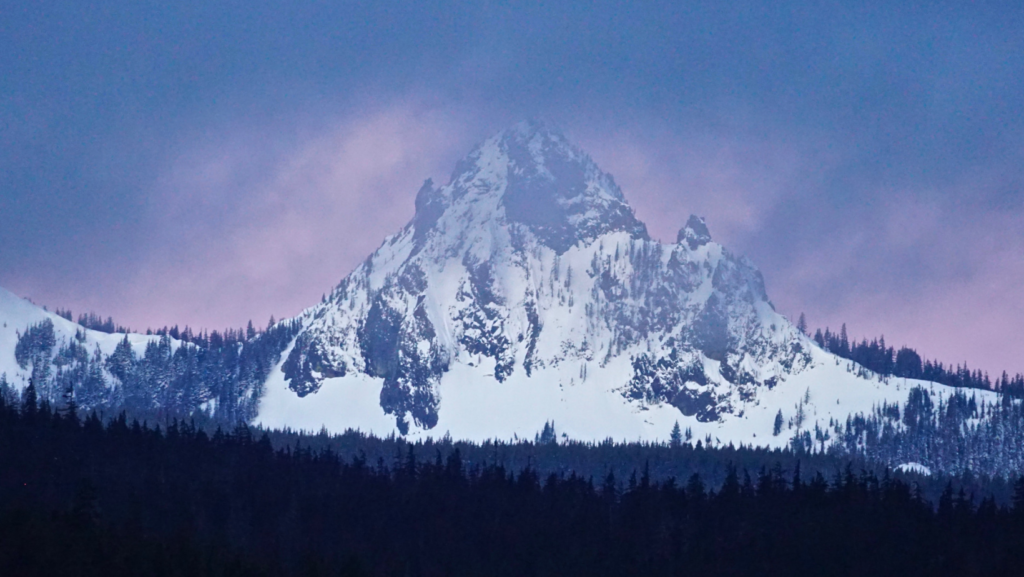
Recreational Activities
The headquarters for the forest is located in Springfield with four local ranger districts to help guide visitors to maximize their opportunities for recreation. Throughout the Willamette National Forest, activities are abundant in every season. With over 70 campgrounds scattered around the forest not including primitive sites, campers can find just about anywhere to pitch a tent. Hikers have around 1700 miles of trails to explore ranging from difficult to easy. And if that isn’t enough adrenaline, there are over 1500 miles of rivers and streams to navigate in a kayak or canoe. Looking for less of an adrenaline rush? Take to one of the 375 lakes,instead, to get your paddle on. Make sure to check in with one of the ranger stations before heading out for more information and maps for whatever adventure you’re looking for.
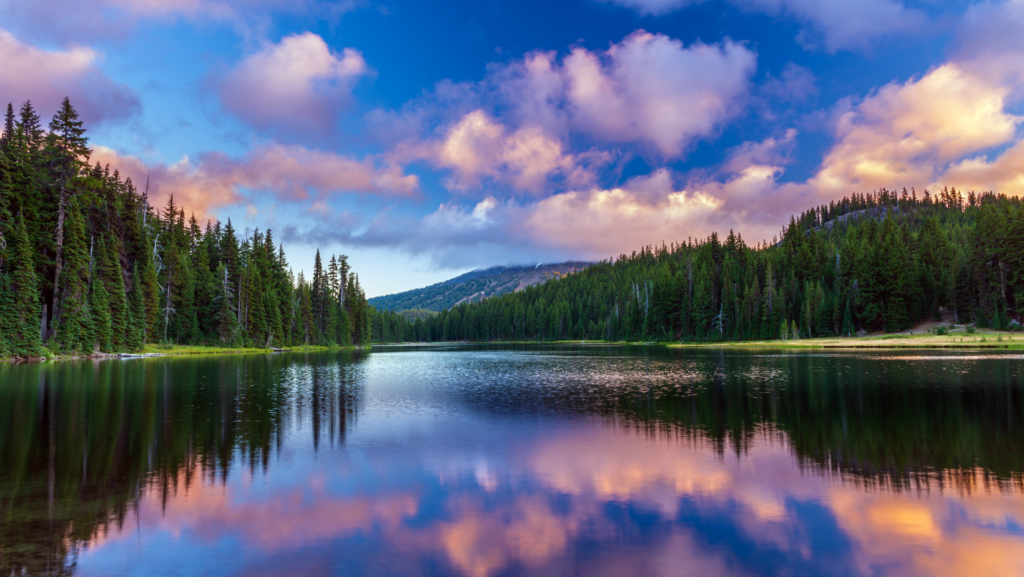
- The Detroit Ranger District is located in the northern region of the forest. The ranger station resides in Detroit, Oregon.
- Sweet Home Ranger Station is located outside the forest in the town of Sweet Home, Oregon. This district is south of the Detroit district.
- McKenzie River Ranger District is centrally located in the forest. The ranger station is based in the small town of McKenzie Bridge.
- Middle Fork Ranger District covers most of the southern part of the national forest. The ranger station is located in Westfir, Oregon.





